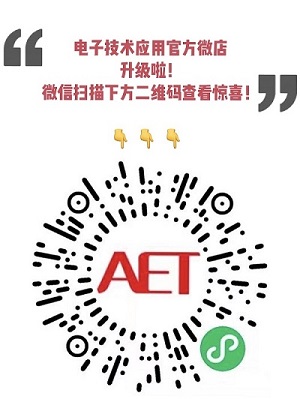文献标识码: A
DOI: 10.19358/j.issn.2096-5133.2022.02.009
引用格式: 林琴萍,李庚,崔润邦,等. 信贷自动审批模型的对抗攻击风险研究[J].信息技术与网络安全,2022,41(2):53-60.
0 引言
信贷审批是指银行等金融机构基于采集信息获取信贷分数,筛选出潜在的“违约”申请人,并决定最终是否向申请人放贷的过程。据调查,约有80%的信贷风险来源于信贷审批环节。数据显示,一旦申请人获得了信贷审批,后续的管理便只能控制住20%的风险。因此,加强针对这一环节的金融风险管控对银行等金融机构而言具有重要意义。近年来,信贷审批所需的数据集规模日益增大,人工信贷审批效率低下且繁杂,已经难以满足日常业务需求。为改善客户体验,提高审批效率,银行等金融机构引进了自动信贷审批系统以取代人工审批。相比于人工审批,自动信贷审批系统通常采用高性能的机器学习模型作为信贷评分模型,可以精确地捕捉申请人的风险偏好、消费习惯和个人信用状况。因此,自动信贷审批系统下的审批过程更快速、更精准、更全面。自动信贷审批系统已经被广泛应用于信用信贷、汽车信贷、抵押贷款等业务中,代表了金融技术升级方向和信用智能化趋势。
信贷数据的安全性正成为严峻挑战,数据泄露事件频发给银行业、金融业造成了难以估量的损失。例如,2019年7月,美国最大的商业银行——第一资本金融公司发现,其银行系统遭受黑客入侵,导致超过一亿个申请人数据(包括电话号码、年龄、工资、信用额度、交易信息和信用评分等)泄露。除了数据泄露等传统安全问题之外,机器学习领域特有的“对抗样本攻击”通过对原始样本进行微小调整,可以使原始模型得出高置信度下的错误分类,也成为信贷自动审批系统所面临的重大挑战。
本文详细内容请下载:http://www.chinaaet.com/resource/share/2000003951
作者信息:
林琴萍1,李 庚1,崔润邦2,邓 江2
(1.天津大学 管理与经济学部,天津300072;2.北京泛钛客科技有限公司,北京100124)


